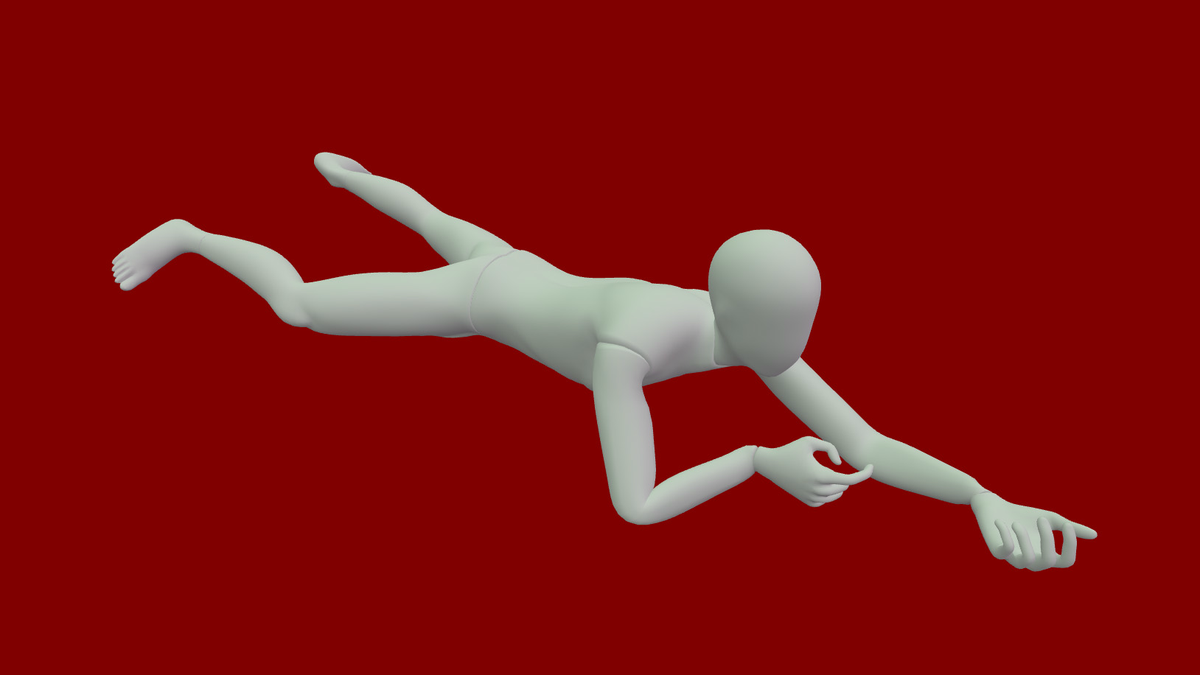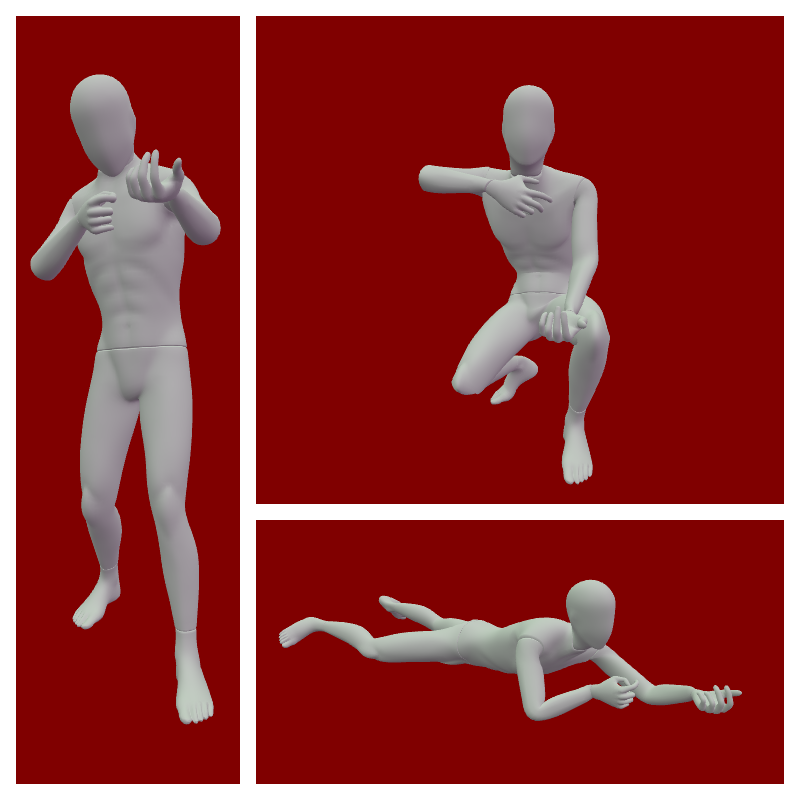
A day on the West Bank
written by arielmalka
The conflict
Some call this land the West Bank, others call it Judea Samaria, Palestine or the occupied territories… Naming this contentious land is already a catch-22. There is no consensus. Everything is politically charged because of an ongoing conflict going back generations.
As a left-wing Israeli, I’m comfortable with both the terms West Bank and occupied territories. Regarding the conflict in question, I offer a summary starting from 1967 (one might argue that it would be helpful to start earlier but there is always something which has come before and it would be too ambitious to go back to biblical times).
In 1967, Israel invaded the West Bank (then belonging to Jordan and inhabited by part of the Palestinian people.) Some Palestinians fled to Jordan, while others stood in place. Since then, the Palestinian population of the West Bank (except Jerusalem, which was annexed by Israel in 1980) was never given full civil rights. In other words, Israel is the ruler, but – among other things – the Palestinians are not granted Israeli citizenship and they are not subject to the Israeli judicial system. Military courts govern judicial affairs and the army is omnipresent in the daily life of the population.
In parallel, Israeli settlers are living in the West Bank. They benefit from full civil rights and the army is investing a lot of resources in order to protect them (clashes between the two populations are constant.) In 1987, a Palestinian uprising – the first Intifada – started in the Gaza strip (also occupied by Israel at that time) and in the West Bank. The repression from the Israeli side was tough but the Palestinians maintained their resolve. As a result, agreements were held in Oslo in 1992. A Palestinian authority was then created and it was granted the right to govern in specific areas of the West Bank.
In 2000 – as a result of the failure to reach a peace agreement between the two sides – the second Intifada started. It was extremely violent and the death toll was very high. Palestinian victims were killed by the Israeli army, while the Israeli victims mostly died in terrorist attacks. Since the end of the uprising in 2005, there has been a stagnation of the situation. Israel still occupies the West Bank, the settlers appear to be there to stay and the army remains omnipresent (its range of action is even encroaching on areas under Palestinian authority.)
Here and now
I’m opposed to the injustice caused by the occupation. Some may say “it’s complicated”. I see that the moral price to pay is too steep and opens the door to corruption throughout the entirety of Israeli society. As an artist, I believe I have a unique opportunity to raise some flags, in the hope that some of my fellow citizens will change their minds. I also see a greater opportunity for me to raise awareness beyond those who live in the region.
As a programmer and artist, I’m currently focusing mainly on generative NFTs. Briefly, a generative NFT is a program that runs in your browser and produces a different variation each time it is invoked. I chose to use the fx(hash) platform for hosting my generative NFTs because it’s open to all and it’s based on the Tezos crypto currency, which is green and allows you to mint at a very low price.
In parallel – this time, as a computer graphics programmer – I have recently discovered the world of character animation and with the help of a great open-source library called Ozz I have been able to produce real time 3D animations that can run in the browser.
So mix and shake everything and you get this generative piece (code named “A day on the West Bank”) I’m currently working on. The main ingredient: a selection of animations of soldiers freely available on Adobe’s Mixamo website. As for the 3D models, I don’t have access to some realistic Israeli army set so I’m using a generic mannequin (also from Mixamo). I find it quite suited: the pantomime-like concept does the job and there is no need for actual rifles or grenades…
Each time a new variation is generated, a set of soldiers in various combat poses is presented, within frames reminiscent of a comics book. The idea is to offer very common sights from the West Bank and to remind us of the harsh reality of life under military occupation.
